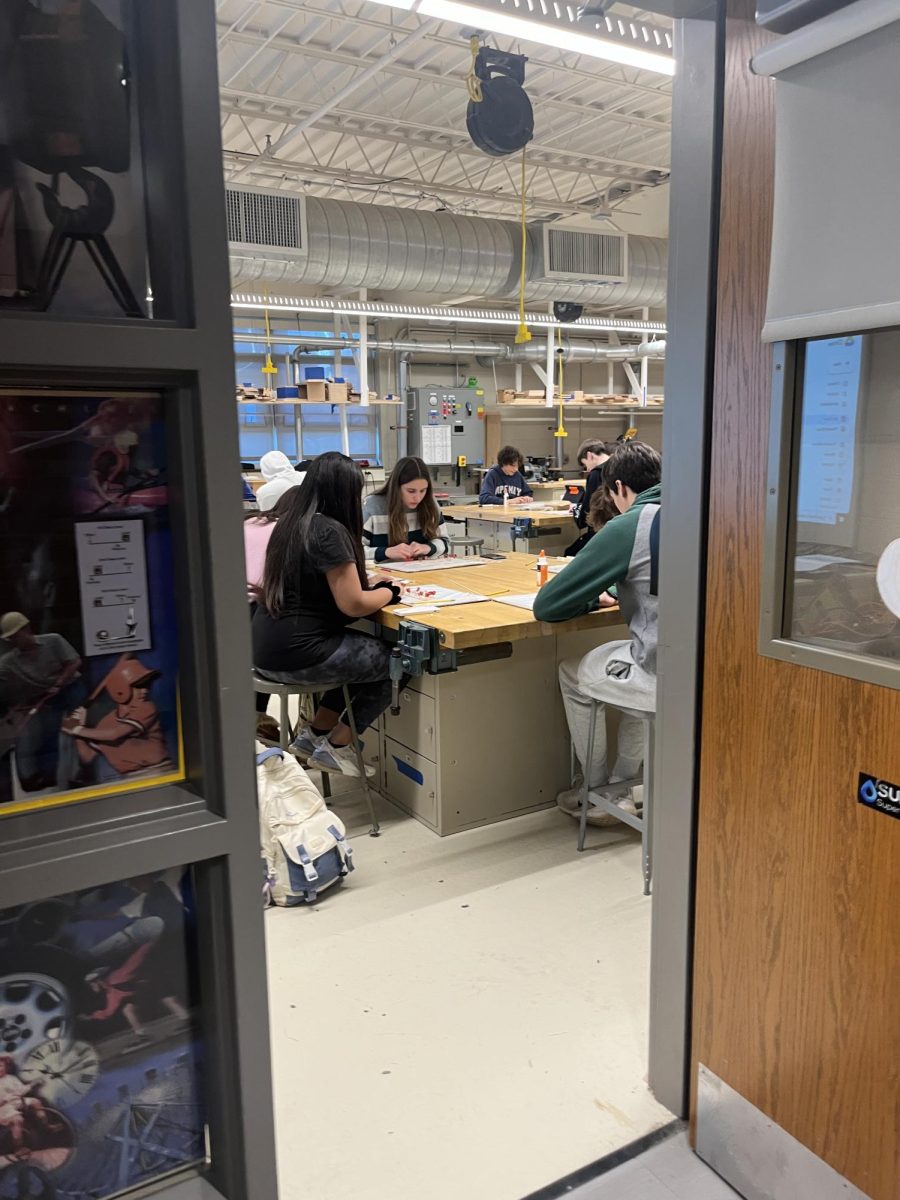Picture this: you’re a teacher and you’ve just put all of the desks into clusters. As the bell rings you see students flood into the room and sit down with their friends. These arrangements won’t last long, however, because you’ve already made assigned groups and seats.
Many teachers enjoy group projects. Letting students work together is fun and it’s a nice break from regular classwork. You may be asking: But why do teachers assign groups? Why can’t students work with their peers?
“There are two reasons,” said Mr. Kempner, a High School history teacher. “It’s to control behaviors [and] I think just like in any real world situation, you should be able to interact and work with people of all different types, whether you know them or not.”
For Kempner, the problem-solving aspect of assigned seating is important.
“Typically when you’re assigning groups, it’s mainly just to see different personalities trying to figure out how to adapt,” he said.
For Mrs. Axt, NPHS English teacher, it’s all about productivity and team work. Who will get their work done right? Who would be a great duo?
“You figure out who works best with who, who do you think would benefit by working with another particular student,” she said. “Maybe one student might tend to be quieter, one might tend to be a little bit more outspoken. Sometimes the assignment is appropriate for that type of dynamic.”
But what about the actual seats? How do teachers decide what configuration to put them in, and who goes where?
Mr. Kempner puts the desks into clusters and hand picks who will be sitting with who.
“A lot of teachers will just do the alphabetical order because that randomizes things,” he said.
But as he gets to know the students it becomes less random and more select: “ I tend to try to put people together that I sense could work together when needed or would not bother each other, would kind of have a good working relationship.”
Mrs. Axt has a similar process. In the beginning of the year the desks in her classroom are in rows. As everyone eases into the new year she believes it’s helpful to have a pattern or a ‘groove’ to get into.
“At the beginning of the year, I put you in alphabetical order because it’s a lot easier to get to know your names. I can just go matching a name to a face,” she said.
And as the year goes on desks are pushed together, and the seating arrangements change depending on who works well with who, and which people are working together on an assignment.
But why bother? Does it really matter who you sit next to? Does it affect your learning and grade?
From the teacher point of view, it seems like it does matter.
Letting students pick their seats can cause “talking and distraction,” said Kempner.
Mrs. Axt agreed: “We are asked as teachers to minimize distractions.”
“Sometimes the project is such that I want you to maybe expand your horizons a little bit and work with somebody that perhaps you don’t usually talk to or work with,” said Axt.
Sometimes the grade literally depends on working with a partner.
“If there’s a component where teamwork and cooperation are graded, then it forcefully gets them to accept the role and try to do that,” said Kempner.

